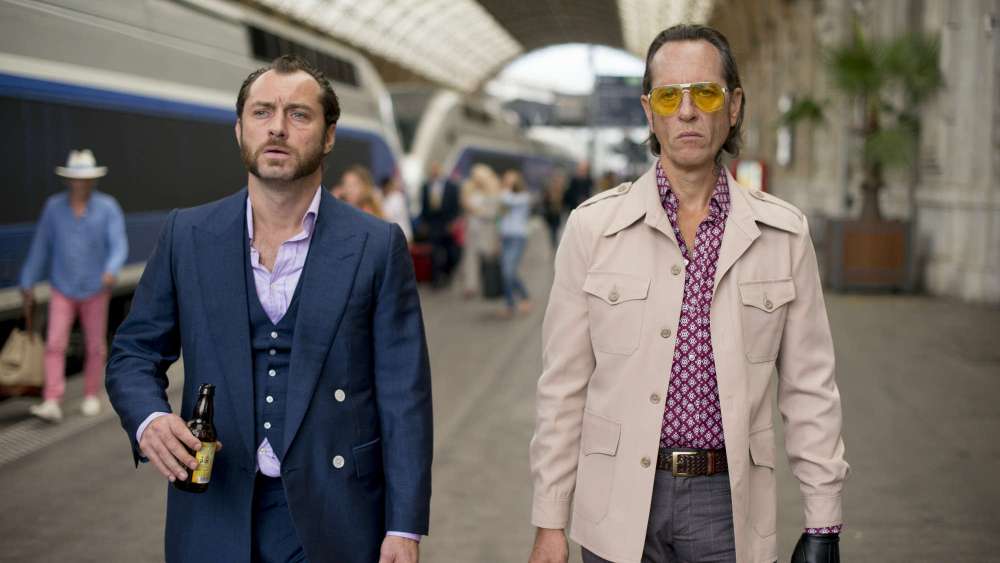Water is something we all take for granted. We couldn’t exist without it, yet we only think about it when it’s running scarce. We use it to cook, clean, work, and play, and we do it all on a daily basis. Renowned photographer Edward Burtynsky has teamed up with filmmaker Jennifer Baichwal (Payback) to pay tribute to the most overlooked and underappreciated of the Classical Elements in the documentary Watermark.

Watermark loosely follows Edward Burtynsky’s assemblage of his book of photographs that all share the central theme of water. The film trots all over the globe and visits dozens of locations, grabbing footage of everything from workers building a dam in China to divers repairing the fountains at the Bellagio hotel in Las Vegas. There are interviews with Indians who talk about the spirituality and philosophy of water as well as talks with scientists who study chunks of ice that are brought out from the depths of glaciers. The premise of the film is the interplay between technology and nature in regards to water and, like water holds life on the planet together, it is the common glue that binds Watermark into a cohesive film.

The photography in Watermark is stunning. Burtynsky and Baichwal enlist the help of cinematographer Nicholas de Pencier (The Ghosts in Our Machine), who picks the ball up and runs with it. He uses several different cameras of all shapes and sizes, taking them to the depths of the oceans and the heights of the sky. The most impressive sequences are not the underwater shots, but the aerial shots. De Pencier fastens his camera onto remote controlled drones to fly over reservoirs and capture footage of the changing waterscape below. He also hangs the camera outside of helicopters racing down rivers to grab some of the coolest in-flight shots in recent memory. Watermark also plays with the footage in post-production, giving the viewer a slow-motion view of a power plant dam or a time lapse view of a bay during a tidal change. The photography, while predictable and stereotypical at times, is nonetheless cool to look at, and it absolutely should be enjoyed on a big screen in a real theater; the bigger-than-life images should not be shrunk down to LCD TV size.

The problem with Watermark is in its message. Actually, it’s in its lack thereof. It’s all fun and interesting to look at all the cool and different ways that water can be used, studied, and harnessed, but the film seems to have no point beyond just showing off a ton of painstaking research and creative photography. At one point, early in the film, it looks like it might take an ecological stand, as it shows chemicals from a leather factory running into a nearby river and turning the water into a rainbow of unnatural colors. But then, the film takes the viewer to a surf contest in California. It all follows a theme, but doesn’t tie it together with a moral.

As long as audiences aren’t expecting a heavy and powerful film, Watermark is worth a look. There are serious and thoughtful moments, but they’re balanced out by fun and lighthearted ones. Watermark is a wonderfully exciting film for anyone who loves good photography or aerial cinematography; for everyone else, it might look like the kind of film that students would sleep through in science class.

